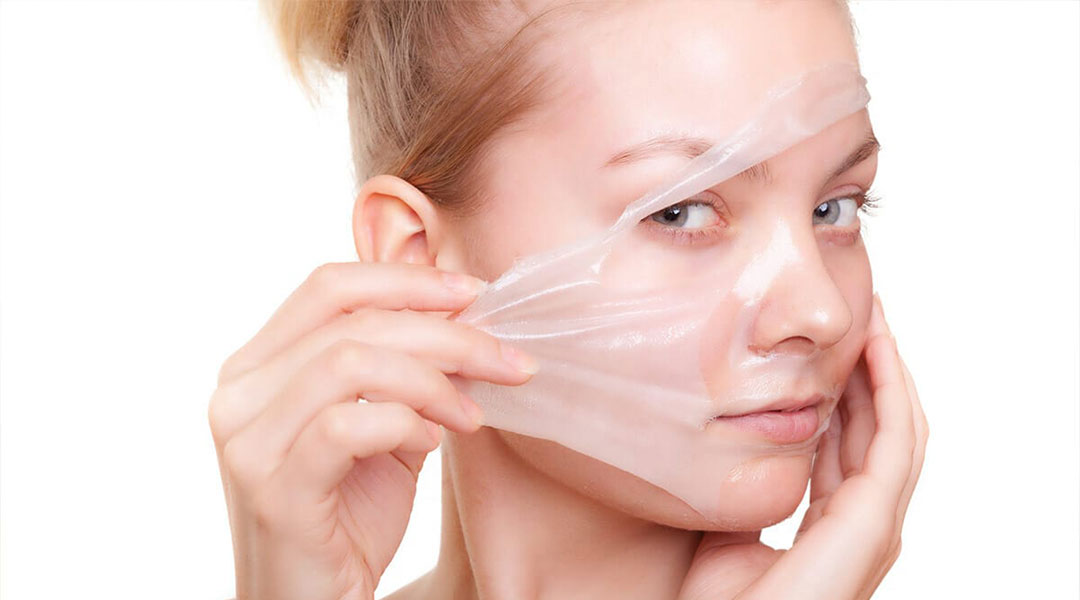Due to their name, chemical peels may sound like a scary process that involves the skin literally peeling away from your face, but, it’s actually not that bad. Chemical peels are a concoction of chemicals that are brushed onto the surface of the skin to remove the dead skin cells and grime from your pores and stimulate the growth of new cells, giving your skin a plump and youthful look.
One of the largest misconceptions is that having a chemical peel treatment performed will burn your skin and leave you looking and feeling sore, red and painful, however this is incredibly far from the truth. Rather than thinking of it as your skin ‘peeling’, think of it as a case of the dead skin being plucked away to leave you feeling radiant.

Now everyone knows the benefits of regular exfoliation and how essential it is to rid your face of the build-up of dirt and grime in your pores, chemical peels take this process one step further than any facial scrub, cleansing solution or toner can. Not only do they clean and cleanse the pores and remove the outer layers of dead skin, they also allow you to maintain healthier skin by boosting your natural skin renewal and maximising any form of benefits that you can receive from other skincare products.
No matter where you go, every individual company will produce, sell and perform chemical peel treatments made up of their own special formulations and designs, but on a very basic level, all of these peels are generally made up of a solution of either alpha hydroxy acid (AHA), beta hydroxy acid (BHA) or some kind of combination of the two of them. Similar to a home treatment mask, this chemical solution will be applied onto the skin similar to a home treatment mask, with different chemical peels being applied in a ranging number of layers.
Chemical peels work by using the chemicals and acids within them to dissolve away the outer layers of dead skin, creating what is known as a ‘controlled wound’ to allow the skin the regenerate and heal itself. Once they have been applied, these will be left to work for a pre-determined amount of time, with some chemical peels being left on for just a few short minutes before being washed away and some being advised to be left on for a few hours to really soak into the skin.
Following your peel, your skin is going to be a lot more sensitive to direct sunlight and you need to ensure that from this point on and for the next few days that you are incredibly vigilant with your use of sunscreen to protect your skin from the damaging effects of the sun. Your skin may also feel a little tight and dry directly after the peel but these feelings should fade away very quickly, along with any slight redness of the skin. Over the next week or two, your new skin will start to revert back to normal and you will be left with soft, youthful and radiant skin.

